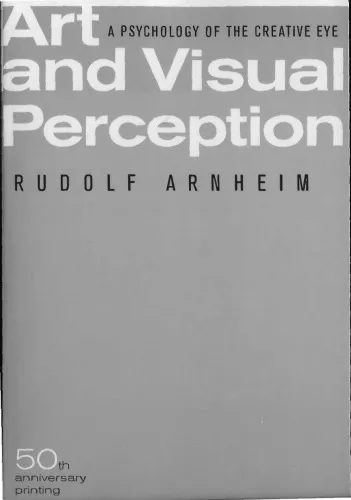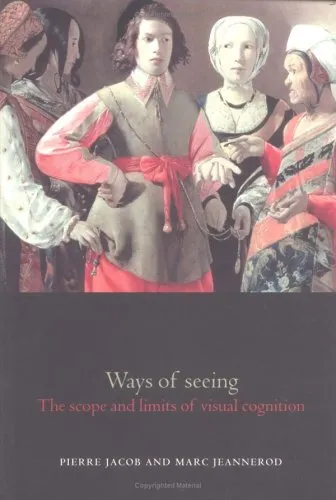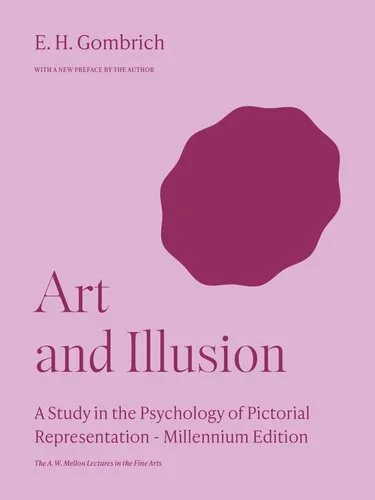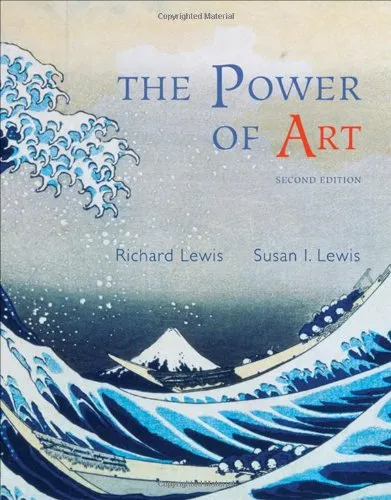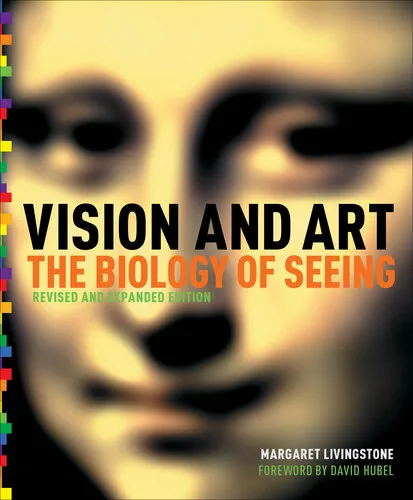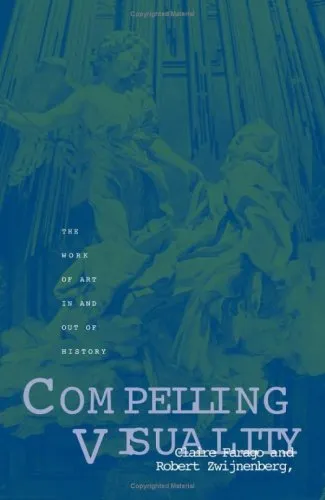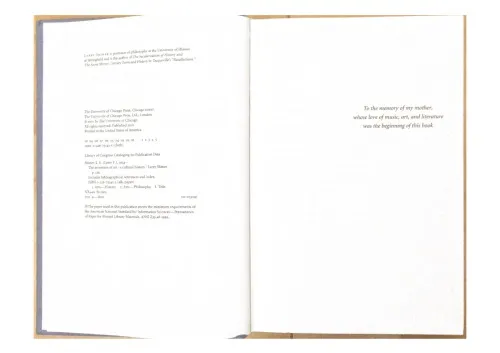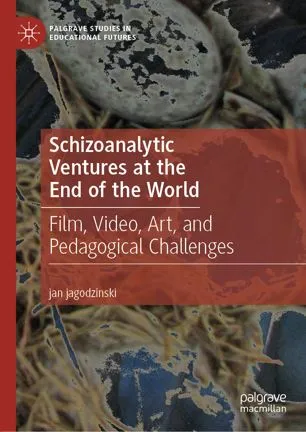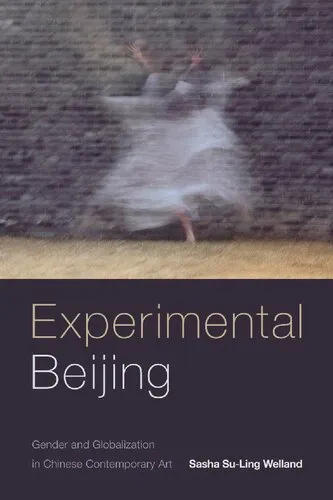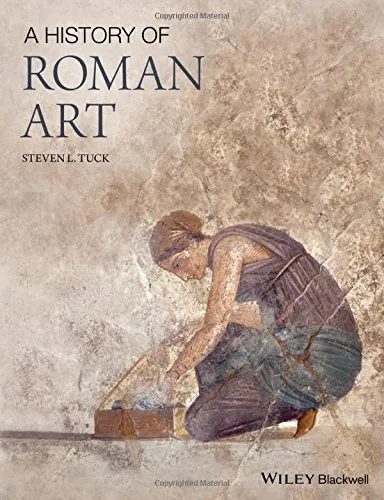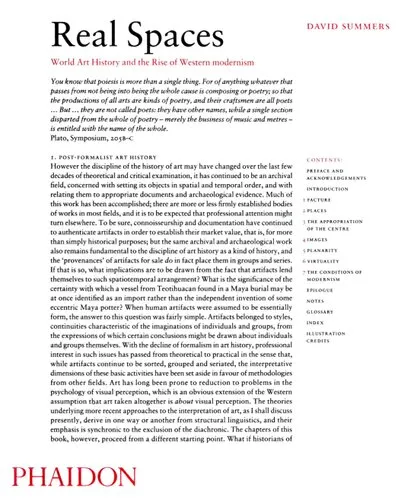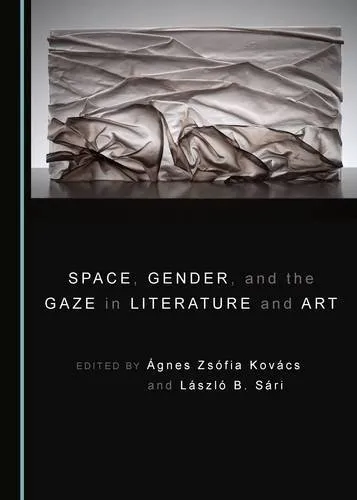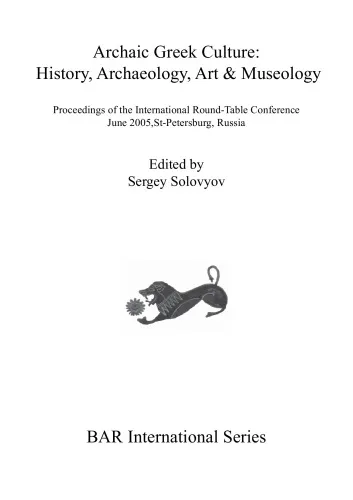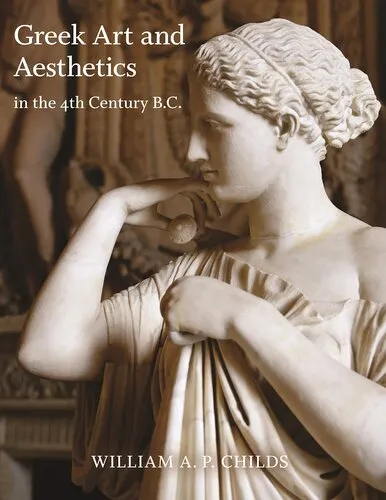Art and Visual Perception: A Psychology of the Creative Eye
4.5
Reviews from our users

You Can Ask your questions from this book's AI after Login
Each download or ask from book AI costs 2 points. To earn more free points, please visit the Points Guide Page and complete some valuable actions.Related Refrences:
Introduction to 'Art and Visual Perception: A Psychology of the Creative Eye'
Welcome to the insightful world of 'Art and Visual Perception: A Psychology of the Creative Eye', a foundational text that marries the realms of psychology and art to explore the complex processes involved in seeing and perceiving the world around us. Written by Rudolf Arnheim, this book delves into the psychological underpinnings of visual art, offering readers a comprehensive understanding of how sensory information is transformed into meaningful interpretations.
Detailed Summary of the Book
This groundbreaking book, first published in 1954, pioneers a novel approach to understanding art through the lens of modern psychology. Arnheim synthesizes an array of psychological principles to explore how humans perceive visual stimuli. The book is divided into several parts that systematically break down the perceptual process, encompassing topics such as space, shape, form, light, color, movement, and dynamics.
Arnheim emphasizes that perception is not a passive reception of visual data. Rather, it's an active, constructive process requiring both sensory and cognitive engagement. He argues that visual perception is integral to creativity, highlighting how artists intuitively utilize perceptual principles to create compelling works of art.
Key Takeaways
- Perceptual Dynamics: Perception is dynamic and active, involving constant interpretation and reinterpretation of visual stimuli.
- Interdisciplinary Approach: Arnheim bridges art and science, revealing how psychological principles can deepen our understanding of artistic processes and experiences.
- Role of the Gestalt: Emphasis on Gestalt psychology illustrates how humans perceive whole forms rather than a mere collection of parts.
- Visual Thinking: Visual perception and thought processes are closely linked, making visual thinking a fundamental aspect of creativity.
Famous Quotes from the Book
“The eye is quicker than the pen.”
“Every act of perception is to some degree an act of creation, and that every act of memory is to some degree an act of imagination.”
Why This Book Matters
'Art and Visual Perception' is widely regarded as a seminal text in both the realms of psychology and art. Its insights into the nature of seeing and the cognitive processes underlying artistic creation have profound implications for artists, psychologists, educators, and anyone interested in the intricate relationship between mind and visual experience.
The book underscores the importance of visual literacy — the ability to interpret and make meaning from information presented in visual form. This makes it especially relevant in today's image-saturated world, where visual media plays a central role in communication. By understanding the psychology of perception, readers can gain a heightened appreciation for both art and everyday visual experiences.
Ultimately, 'Art and Visual Perception' challenges us to reconsider how we see and interpret the world, offering valuable insights that transcend conventional boundaries between disciplines. It is a timeless work that continues to inspire and illuminate, making it as relevant today as it was when first published.
Free Direct Download
You Can Download this book after Login
Accessing books through legal platforms and public libraries not only supports the rights of authors and publishers but also contributes to the sustainability of reading culture. Before downloading, please take a moment to consider these options.
Find this book on other platforms:
WorldCat helps you find books in libraries worldwide.
See ratings, reviews, and discussions on Goodreads.
Find and buy rare or used books on AbeBooks.
1459
بازدید4.5
امتیاز0
نظر98%
رضایتReviews:
4.5
Based on 0 users review
Questions & Answers
Ask questions about this book or help others by answering
No questions yet. Be the first to ask!
